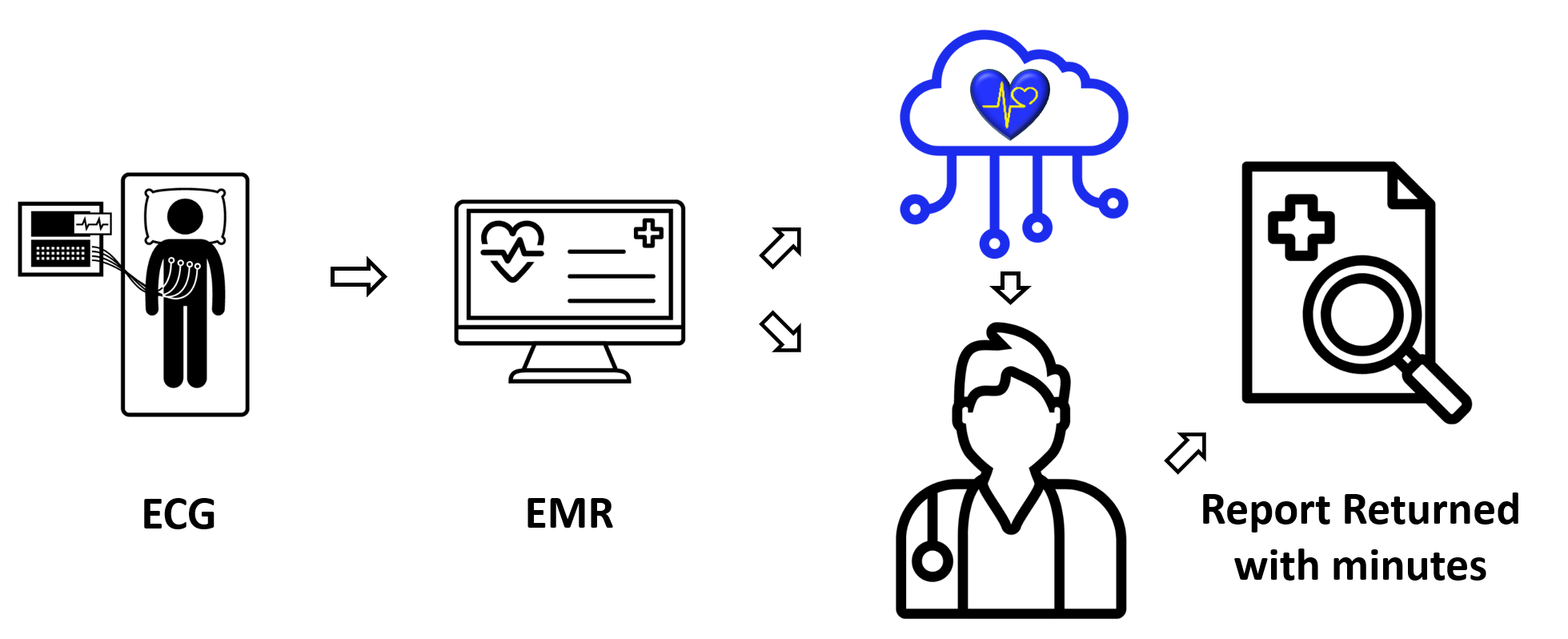



Patients
Patients
Patients
Patients
Did you know?
Heart Disease is the largest killer of adults in the United States
Heart Disease costs the United States over $363 Billion annually
About 7% of adults over age 20 in the United States have Coronary Artery Disease
There are over 800,000 heart attacks annually in the United States
Over 7 Million people present to the Emergency Department with Chest Pain (not including equivalent) annually
Over 8 Million patients are diagnosed with Coronary Artery Disease in an outpatient setting annually
What is Coronary Artery Disease?
Coronary Artery Disease (CAD) is a build-up of plaque within ones coronary vessels (Left Main Artery, Left Anterior Descending Artery, Left Circumflex Artery, Right Coronary Artery) which leads to the reduction of blood flow and put patients at risk for future cardiac events. The development of CAD doesn’t happen overnight, it is done overs years through a combination including but not limited to: lifestyle choices, environmental factors, and genetics. CAD narrows the arteries over time and can lead to heart attacks. Early detection of CAD is key to reversal of disease and improving long-term quality of life.
What is done today and how we help?
Current standard of care includes a series of tests ranging from fast and non-diagnostic to time-consuming yet precise. The testing can take anywhere from minutes to weeks to come to a final diagnosis, and if a patient doesn’t progress past the initial testing it is likely that the diagnosis will only be to rule out coronary impact on symptoms, and not necessarily rule in any underlying cardiac issues. At HEARTio we are using Artificial Intelligence to empower the most routine test, the Electrocardiogram (ECG), to provide the same information that a clinician would get from further downstream, more invasive testing. This allows the patients to have a more pleasant, rapid, testing interaction, and allows them to be directed to the proper treatment more quickly, more accurately, and for a fraction of the cost.

Providers
Providers
Providers
Providers
How is disease measured today?
Today we use a series of stage-gated tests to better predict the level of cardiovascular risk of a patient stemming from Coronary Artery Disease (CAD), and ischemia. These tests, while effective, don’t offer a full view into the cardiovascular health of the patient and can take time to get pre authorization for. The early-stage testing (ECG, Troponins) for chest pain patients, or patients under suspicion of CAD, can take multiple applications to properly rule out for disease. While the later-stage tests (Coronary CTA, Perfusion Imaging, Echocardiogram) have specific applications based on the expected type of disease, can be costly, or can take time to schedule and get approval for.
Mahmoodzadeh S, et al. “Diagnostic performance of electrocardiography in the assessment of significant coronary artery disease and its anatomical size in comparison with coronary angiography.”
Januzzi JL Jr, et al.PROMISE Investigators. “High-Sensitivity Troponin I and Coronary Computed Tomography in Symptomatic Outpatients With Suspected CAD: Insights From the PROMISE Trial.”
Skelly, Andrea C., et al. "Noninvasive testing for coronary artery disease."
What does the testing process look like today?
Today’s testing pathway is long and arduous, for a patient in the Emergency Department the time in the pathway can take anywhere from 8 hours to 3 days. For outpatients, this process can take up to weeks or years depending on patient history and presenting symptoms. In time-of-need any time is precious for a patients long-term quality of life. We look below at the path through the ED:
Zalenski, Robert J., et al. "An evaluation of a chest pain diagnostic protocol to exclude acute cardiac ischemia in the emergency department”
At HEARTio, we are using artificial intelligence to empower the first test in the diagnostic pathway, the ECG, to be able to provide information from downstream tests allowing clinicians to make more timely decisions at time of presentation. Our platform, ECGio, will provide the first artificial intelligence-aided diagnostic to allow for the measurement of CAD using just a standard 12-lead ECG. Our cloud-based software-as-a-medical device has been built on over 10 million ECG signals to ensure accuracy of interpretations across different demographics and risk populations.
How does ECGio help?
ECGio is designed to fit seamlessly within the existing workflow of any practice which collects their ECGs digitally. We use API’s to tie into your ECG storage system, pull out a deidentified ECG signal, process it in the cloud, and return a report within seconds. In this way an ECG can be taken and a report returned to the patient chart for review all before a clinician ever sees a patient. Our artificial intelligence analyzes over 15 Million parameters to return a diagnosis that is more thorough than historical, existing ECG interpretation systems.
When an ECG is taken it is pushed to the cloud without taking any demographic data or PHI to allow for analysis without HIPAA interaction. Once the signal is interpreted it is returned via secure API directly to the patient chart like any other test provided today. This allows for no change to clinician workflow or specialized interfaces, it’s just you, your patient, and a new, more thorough automated ECG report.

Investors
Investors
Investors
Investors
What is the impact of disease?
Today, the American Heart Association estimates that the cost of Heart Disease is north of $360 Billion, with Coronary Artery Disease and Heart Attacks accounting for over 10% of the total cost. This 10% estimate only accounts for the treatment being provided in hospitals, and doesn’t tap into the countless treatments and imaging done in outpatient cardiology and primary care offices. Driving this, lots of repeat and stage-gating of tests that cost hospitals, insurance, and patients many dollars while still being inefficient in coming to a final diagnosis.
How do we help?
At HEARTio we have developed ECGio, the first artificial intelligence algorithm empowering your everyday Electrocardiogram (ECG) to provide information about the coronary anatomy which until now has been reserved for downstream testing. ECGio has been built using a database of over 10 Million ECG signals that have been collected clinically and academically pairing ECG with the results of further downstream testing to allow our algorithm to use its 15+ Million parameters to more accurately predict the cardiac risk of a patient at time of first presentation. ECGio, in conjunction with clinician expertise, can be used to more accurately risk stratify patients into those who need immediate treatment, those who can go home, and those for whom non-interventional treatment or evaluation will suffice.
Where do we fit?
ECGio’s simplistic design, easy integrability, and powerful diagnostics makes it a fit in any place a digital ECG signal is captured. It can insert into any workflow, providing information in a way a clinician is used to seeing, before they even see the patient. With over 300 Million ECGs done annually in the US, the potential impact of ECGio is immense. Our development plan sees us launch with different use cases throughout ECGio’s life cycle.
Emergency Departments & Outpatient Cardiology
Used to acutely diagnose patients with Coronary Artery Disease
Primary Care & General Practitioners
Used to proactively screen patients for disease and risk of future events
Wearables & Population Screening
Used to screen patients anywhere, anytime, even without nearby care
Road to Success
As an FDA-designated Breakthrough Device, ECGio is poised to bring change to the world of cardiac diagnostics. HEARTio has been featured to-date in peer-reviewed publications, the AHA Scientific Sessions, TCT, the European Society of Cardiology, Biomedicines, and more. At HEARTio we are working daily to expand our clinical evidence, case for reimbursement, and technological influence to help bring increased quality of care to patients around the globe.







